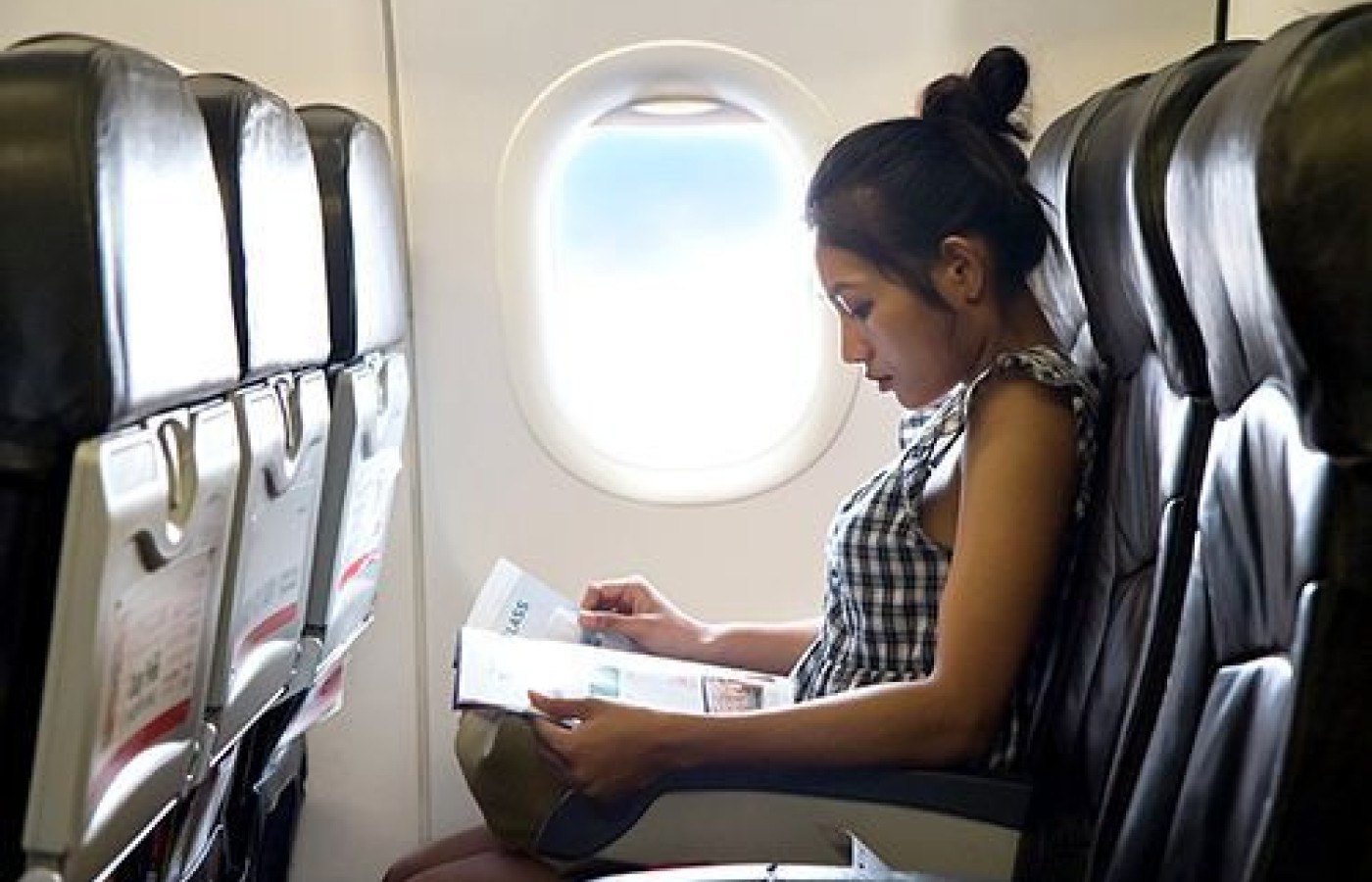Whether you accept it, avoid it or live somewhere in between, insurance coverage has become a defining issue for our profession. Patients increasingly expect to use their benefits, practitioners want to be compensated fairly for their time and expertise, and the system itself remains – at best – fragmented. The encouraging news is that coverage has expanded in meaningful ways. The challenging news is that reimbursement, across the board, remains inadequate.
Adventures with the San Jiao
Those of us who have been in practice for several decades relish the way meridians and points reveal new diagnostic clues and new insights. I love to encourage my students to see this as an adventure that goes way beyond the textbooks. A journey across the zip lines and tracks of the meridians offers new twists and turns with each year of practice.
San Jiao?
As a bodyworker, I nickname San Jiao the traveller's meridian, helping us adapt to changing altitudes, different time and climate zones. And adapt to the changes prompted by Menopause and Andropause. It's also the body's thermostat. Buddy of the immune system. Chief movement navigator of fluids around the body.
My LAc colleagues come up with a whole other range of experiences with specific points they love to share. Swiss pediatrician Isabelle Chen-Angliker, MD, LAc said, ... "SJ is still a bit of a mystery to me...I use SJ mostly for ear problems (SJ 17, 21), or to expel wind in the common cold (SJ 5, 17) and for constipation (SJ 6). Another colleague who chose to be anonymous, said she has some success easing the pain of autoimmune conditions like RA by reducing the SJ, especially when there is a lot of dampness.

As I have spent most of my life crisscrossing the Atlantic, I have acquired the art of minimizing jetlag and the risk of DVT by working the San Jiao when I fly. I palpate the meridian each hour, utilizing the space above my head to stretch my arms, and thumb my way along the SJ lines, first one side, then the other. I do this so gracefully my fellow travellers often ask me to teach them my "special dance" and follow along with me.
Those of us who practice Masunaga's Zen Shiatsu are well acquainted with the full body aspect of the SJ (aka Triple Heater/Triple Warmer) so I also palm down my quads, accessing both the Stomach and (Masunaga) SJ., access points around my knees, and then palpate down parallel lines lateral to the tibia while seesawing toes and heels to give the calves a good workout. This simple hourly procedure prevents stiffness and discomfort and moves qi through the entire body.
I repeat the exercise before and after dozing off – or – watching a good movie or settling down to read a book. Adding to this basic repertoire, I tap K27, Ren 17 and LU1 to keep the upper body enenrgized. Additionally, I set my watch to the time zone of my arrival destination the moment I step on board so my mind is triggered ahead (or behind). And on arrival, I eat the meal-of-the-moment – according to the time. It never fails, flying to or from the U.S. to Europe or Africa or Latin America. If I arrive in daylight hours, I take a long brisk walk – to expose myself to light – a vital way of re-setting the inner clock. All of which plucks the San Jiao harmoniously like the string of a guitar. I teach this routine to my frequent flyer clients. I also advise them to have a quick session with me en route to or from the airport (if possible).
San Jiao And The Immune System
If your client is feeling feverish, you can help by doing the "scissor" technique around her/his ears (circular movements using index and middle fingers placed flat against the client's head). When I went through immunotherapy and chemotherapy following my mastectomy years ago, I found it profoundly healing to meditate opposite a meridian chart. I would then focus on the SJ, absorbing its frequency to harmonize my immune system.
When The San Jiao Goes Awry
When I joined a group practice early in my career, I kept hitting a brick wall in the SJ of a specific group of patients – all musicians, both jazz and classical. Odd? No resonance? No sense of fluidity? I resisted the word "dead." But this sensation went way beyond deficiency. And it was consistent. I did some homework and discovered those clients were former cocaine users. Hmmm.
Out of curiosity, I asked our Pulse Guru William Morris LAc, PhD, about the pulse readings he observed in clients with a cocaine history, when I interviewed him for his chapter in "Sand to Sky."* Dr Morris said, "Cocaine impacts the cardiovascular and nervous systems. A person may have a hard, wiry pulse by their mid-twenties if they abuse during their teens." Generally, he added, "Cocaine can cause a breakdown in communication between the middle, upper and lower burners. Compare the distal, middle and proximal positions with each other in order to understand the way they communicate. One can also palpate the superficial aspect of the right proximal position. The pulse will initially become more urgent and then more weak, eventually the vessel gets harder under the influence of cocaine."
* Ferguson, Pamela Ellen, and Persinger, Debra Duncan. SAND TO SKY – Conversations with Teachers of Asian Medicine -Chapter 22- Exploring Pulse Diagnosis with Will Morris. Iuniverse 2008.



